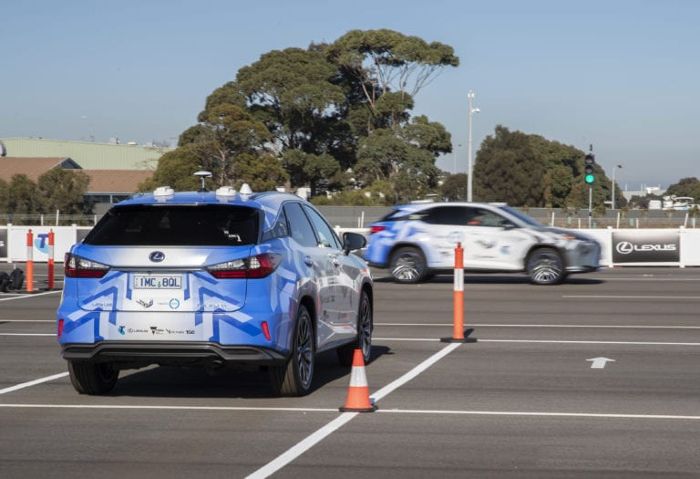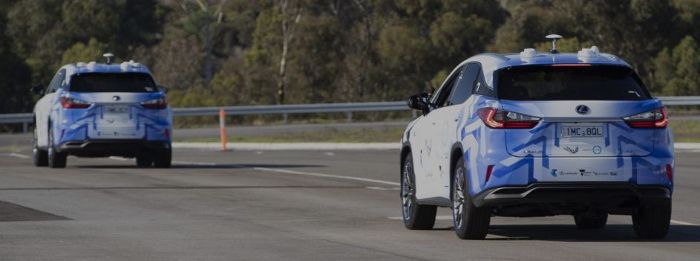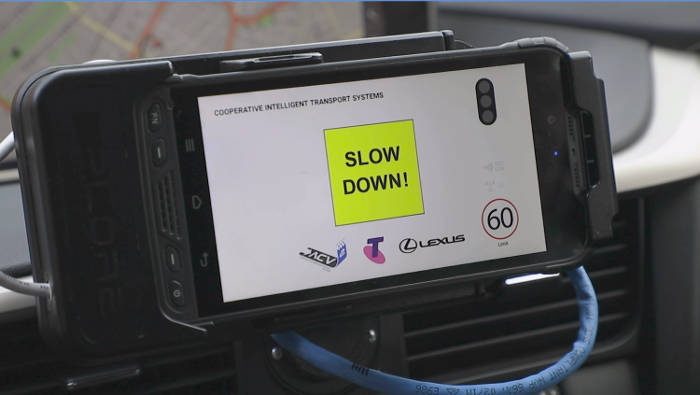Australian’s first on-road trials of cellular vehicle-to-everything (C-V2X) connected vehicle technology is due to start shortly on routes in Victoria as part of the state government’s Towards Zero program.
The Advanced Connected Vehicles Victoria (ACV2) project is a partnership led by the country’s largest telecommunications company, Telstra and automaker Lexus Australia and is funded by a A$3.5m (US$2.5m) grant from the state government’s Connected and Automated Vehicle Trial Grants Program. This finance program is managed by highways agency VicRoads and funded by the Transport Accident Commission (TAC) through the Towards Zero Action Plan, which supports a range of initiatives to benefit road safety on roads across Victoria. Trials originally started in late 2018 to test the C-V2X concept technology on controlled tracks, and on-road testing will soon begin on metropolitan and regional roads in the state to help shape how this technology could be fitted to vehicles in the future.

The trial uses advanced technology to connect vehicles directly, as well as optimized 4G cellular networks to connect vehicles to one another and to traffic management centers via cloud servers. The C-V2X technology uses a customized version of 4G developed for connected vehicles rather than mobile phones. The trial will deploy two Lexus vehicles equipped with C-V2X technology and under controlled conditions will test connected vehicle safety systems including emergency braking alerts, in-vehicle speed limit compliance warnings, right-turn assist for vulnerable road users, and warnings when surrounding vehicles are likely to violate a red light.
Eriksson explained “The cellular V2X technology lets cars ‘talk to each other’ via 4G mobile networks and direct short-range wireless links,” explained Håkan Eriksson, Telstra’s chief technology officer. “This trial will be the first in Australia to make use of the very latest short-range 5.9GHz radios based on advanced 4G Cellular V2X technology, with a pathway and compatibility to future 5G solutions too. The strength of Cellular V2X technology is that it combines both short range radios and wide-area 4G-based mobile communications when available. So, even in the case that there’s no mobile coverage, the most urgent safety messages will still get through and help to save lives.”

Eriksson added, “For instance, if a trial vehicle ahead performs an emergency brake, it will send this message to a V2X-equipped car following, potentially before a forward collision radar or driver notices the event. In these situations, mere milliseconds can make a huge difference. We’ll also be investigating other applications, such as how to securely send speed zone, traffic light timing, and other signals to cars so all this information can be available just-in-time and help prevent road trauma.”
Victoria’s Minister for Roads, Jaala Pulford, noted, “We’re trialing cutting-edge technology like this to make our roads safer into the future. Victoria is leading the nation in connected and automated vehicles; this technology will be critical in making roads safer not only here, but across Australia.”





